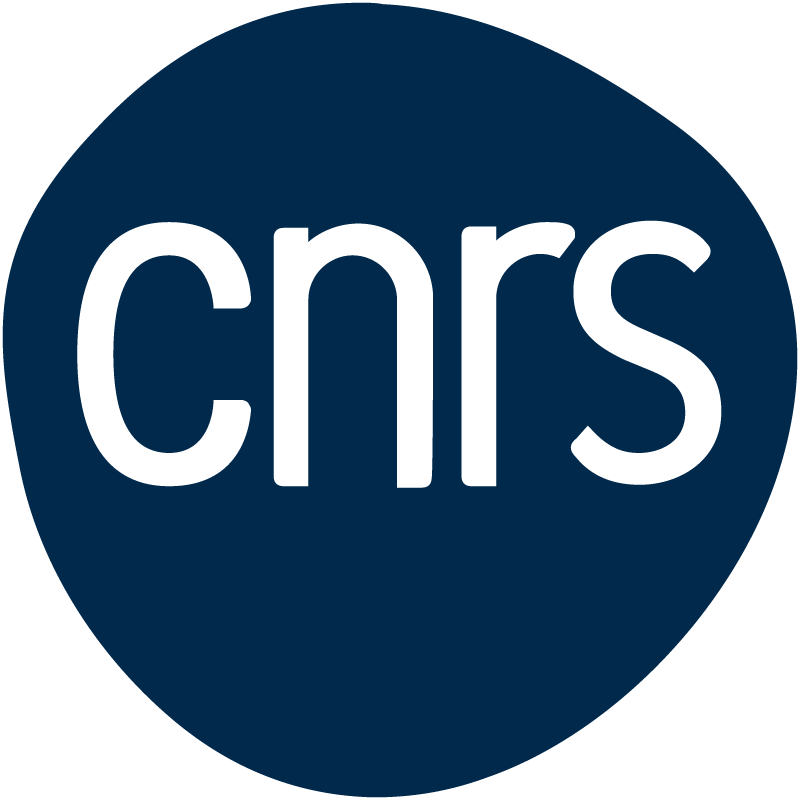Le prochain séminaire au LHyGeS aura lieu le Jeudi 7 décembre à 11h
Lieu : EOST, 1 rue Blessig, amphithéâtre du 2ème étage.
Invité : M. MOUCHE Emmanuel, Chercheur au CEA à Gif.
Titre : Runoff-runon process in the light of queing theory. Runoff genesis, runoff connectivity and upscaling
Résumé :
Runoff production on a hillslope during a rainfall event is governed by different processes among which the well-known runoff-runon process. It arises at different scales, on plots or hillslopes which display heterogeneous infiltration rates. The runoff produced in an area of low infiltration rate may re-infiltrate downslope in an area of high infiltration rate. Therefore runoff is organized in zones of random position and extension. When the rainfall rate and/or the duration of the rainfall event increase these zones connect and produce the runoff peak as observed in streams during rainfall events, for instance. If the ponding time is neglected, rainfall rate is constant in time and the geometry is 1D, the runoff-runon equations are similar to the queuing equations in probability and statistics. This mathematical framework allows to investigate the influence of the infiltration rate statistics on runoff genesis, flow-rate statistics and runoff connectivity. We show first, by means
of numerical simulation on a 2D heterogeneous soil surface, how runoff is produced with time and how the runoff connectivity evolves. In particular we illustrate and discuss the link between the statistical nature of the infiltrability distribution and that of the flow-rate, with a special focus on the link between the connectivities of both fields: the structural connectivity (infiltration rate) and the functional connectivity (flow-rate). For this purpose we use the connectivity function developed by Allard in geostatistics. In a second step we show on 1D examples, based on different infiltration rate uncorrelated distributions (exponential, uniform and bimodal), how the link can be quantified by means of the queuing theory
